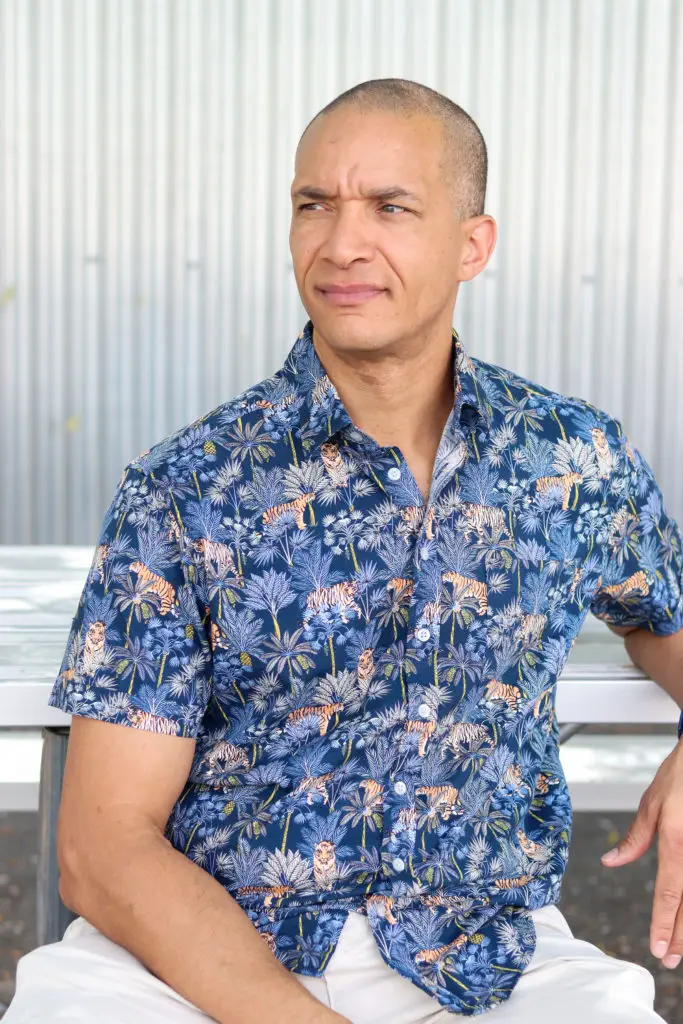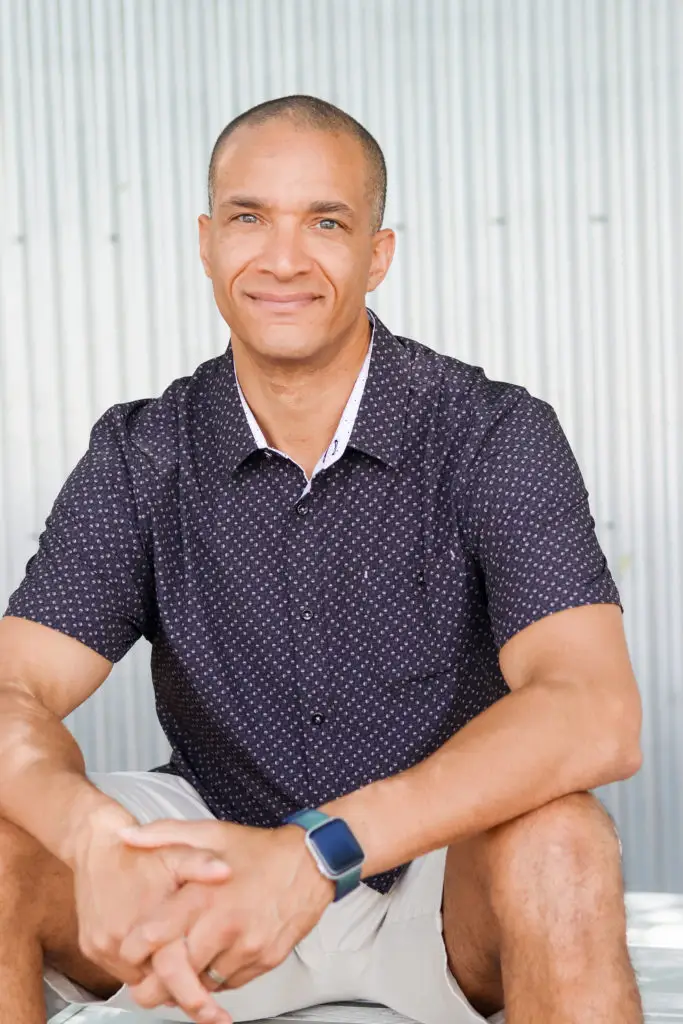
Be careful what you think about because what you think comes true. Where you are right now is the result of the thoughts you’ve chosen… how they made you feel… and how you acted on them. A leads to B leads to C.
If you want something better, start with your thoughts not the random ones that flash through your mind a million times a day, but the ones you choose to dwell on, even when they make you feel worse. Those thoughts aren’t you and you are the boss.
Want more happiness? Choose thoughts that create good feelings and lead to constructive action:
- Instead of replaying past failures, recall times you succeeded.
- Instead of dwelling on missed opportunities, focus on your generosity and effort.
- Instead of thinking you’ll never have the body you want, notice how much better you feel from new healthy habits.
What you feed grows—so feed the thoughts that build you up. It takes practice, but you can do it. And just like your mind, your body thrives with intentional training. The [HOLISTIC EXERCISE AND FITNESS PROGRAM] gives you the structure to align action with your best thoughts—so the life you imagine becomes the one you live.
It’s not just working out, it’s building a foundation for a better life.
Find out more @









